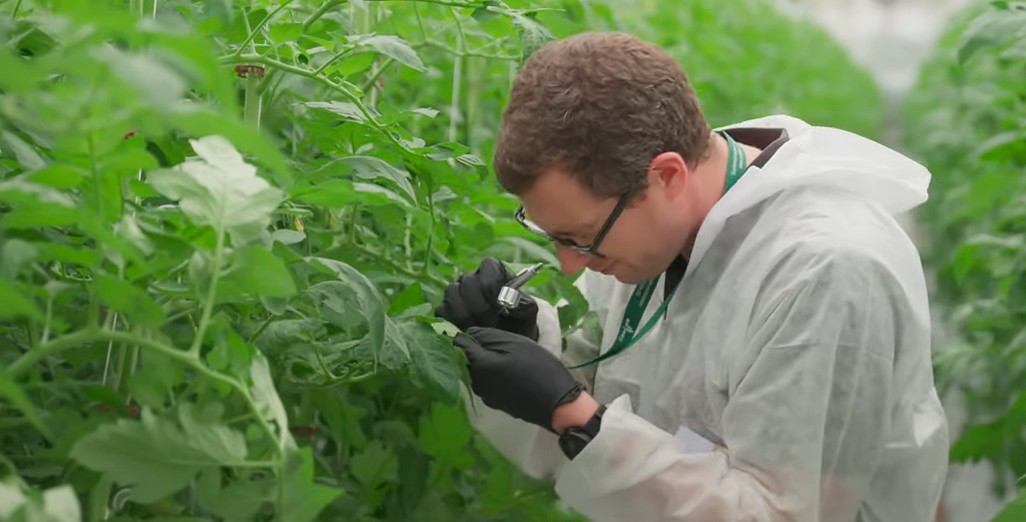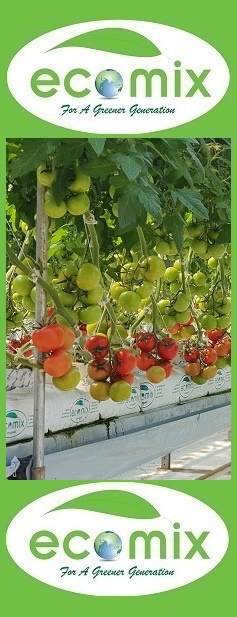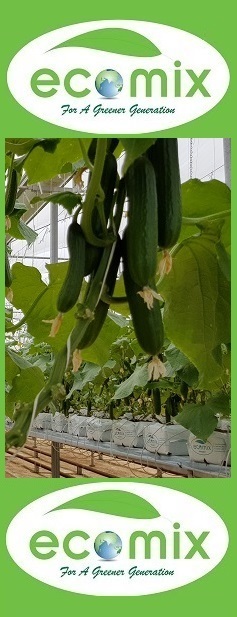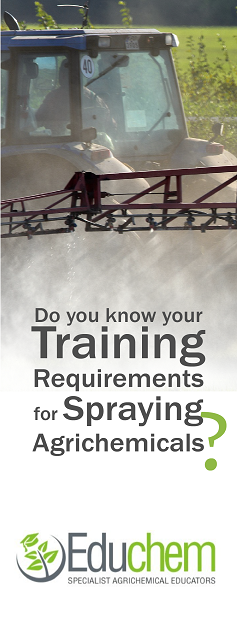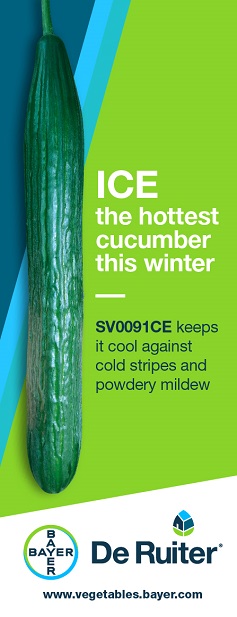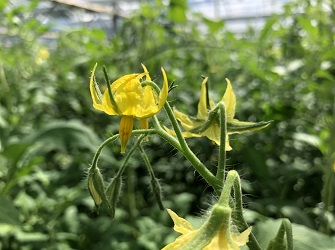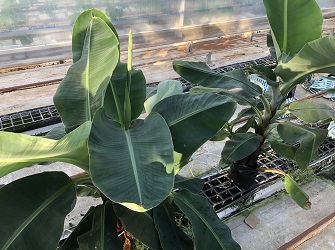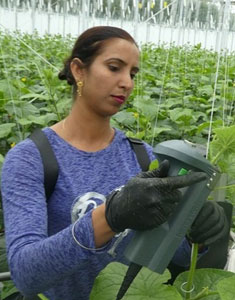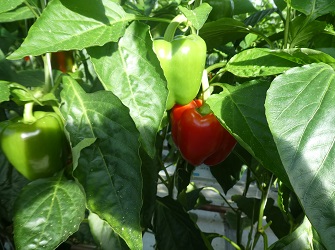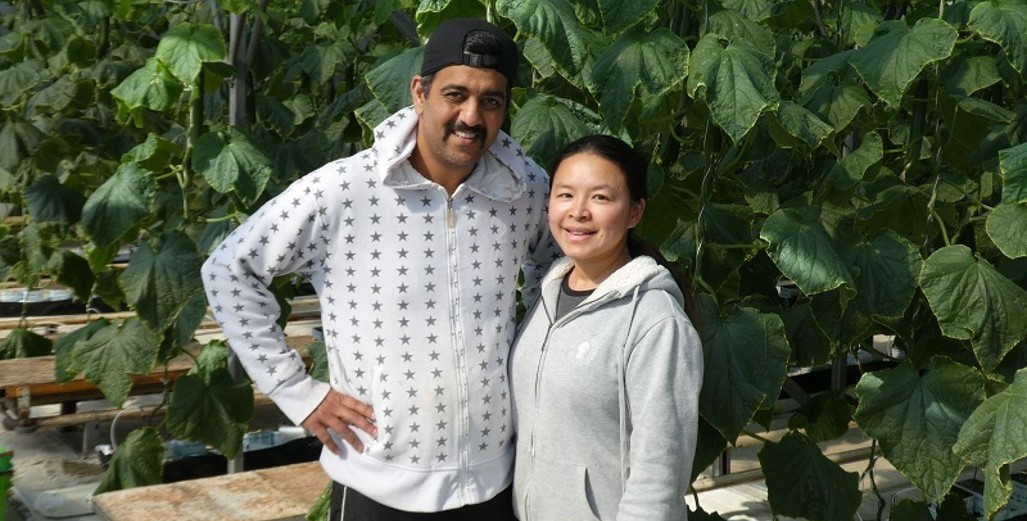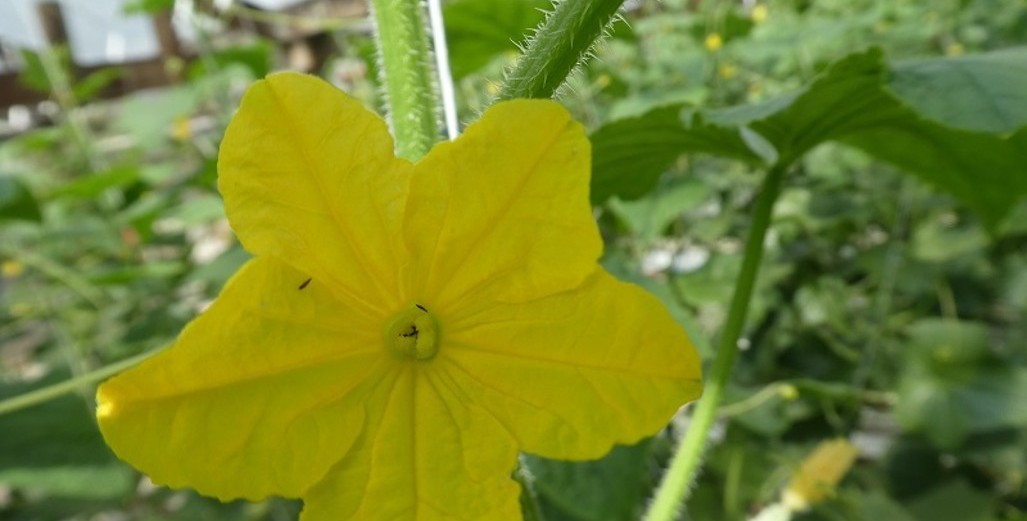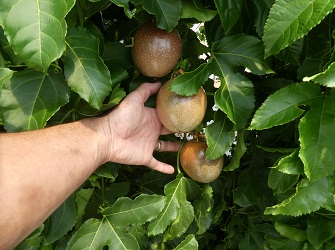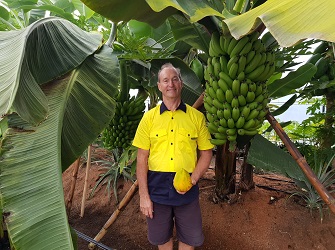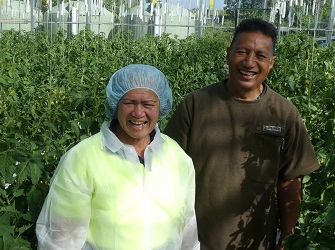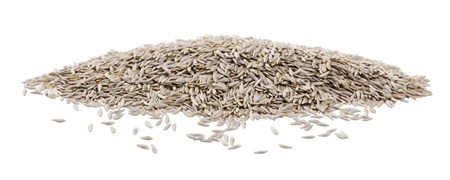Sign up here to subscribe to the Grower2grower Ezine. Every two weeks you will receive new articles, specific to the protected cropping industry, informing you of industry news and events straight to your inbox.
Feb 2023
Tomato Prices high due to lack of supply. Contributing factors: viruses, labour constraints, energy prices, consumable price increases.
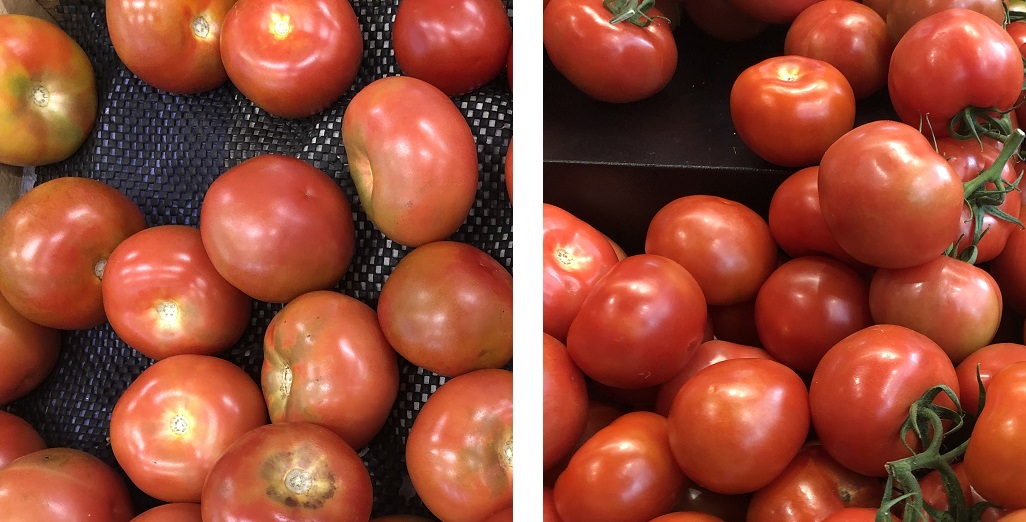
The perfect storm causing large fluctuations in supply – growers are doing their best.
The price of tomatoes is extraordinarily high for this time of the year. The perception may be that growers are making too much currently but growers do not determine the price – it is supply and demand that dictates wholesale and retail price, so the question is why is their such a low amount of supply – especially during summer.
I believe there has been a magnitude of factors that has led to the market being undersupplied. The factors causing this shortage are out of the control of growers. It would be easy to blame the weather, this has caused complications but nothing that would indicate a huge decrease in supply between greenhouse crops.
The list of issues currently is:
- Energy prices
- Labour – lack of workers and cost of labour
- Consumable prices
- Viruses
- Inflation
With many growers struggling to earn anything near to a decent return last summer, some have turned to growing cucumbers this season or simply leaving the greenhouses empty due to lack of staff. Planting dates may also have been shifted to avoid low prices. Increases in energy prices have forced growers to turn heaters down or even completely off for large periods of time during the warmer Spring months, and I don’t expect them to be turned on until later in the Autumn.
Bucking the Trend:
A long-standing customer of Grower2Grower, despite the unpredictable topsy-turvy factors effecting many businesses, has had a strong season thus far. The quality and quantity of production is fantastic. It is very good management, no cutting ‘growing’ corners. Some may view leaving the heaters running during the summer too expensive, however, this strategy has paid dividends. With all of the wet and humid weather the heating (humidity control) has been instrumental in ‘drying’ out the environment to maintain excellent plant health, flower set and fruit quality. Restricting irrigation can only help so much in this weather. It has not been cold, so it is not for heat units – simply ensuring a ‘dry’ environment.
The medium sized business and its location has protected it from staffing and virus issues effecting other businesses. However, the relentless attention to detail by this particular grower and focus on routine and always carrying our weekly crop registrations are major reasons why mistakes are avoided.
Crucial factors this season:
- Controlling humidity –minimum pipe running
- Fruit numbers m2 kept targeted to light levels and plant health (this season running with 2-3 less fruit per plant on average. If weather improves increase in fruit size has lifted to compensate.
- Controlling fungus
- Zero tolerance to insect pests.
- Weekly crop recordings/registrations (know what your plant is doing)

Image above was fruit for sale in a local store, for sale at $10.50 per kg. Image taken 11th of February 2023
Image below – what I would expect to see avaialble at this time of the year.

Article written and compiled by Stefan Vogrincic
All Article’s checked and edited by Marie Vogrincic
I appreciate your comments. Please feel free to comment on the grower2grower Facebook page or email: stefan@grower2grower.co.nz
https://www.facebook.com/StefanGrower2grower/
CLASSIFIED
Photo
Gallery
Subscribe to our E-Zine
More
From This Category
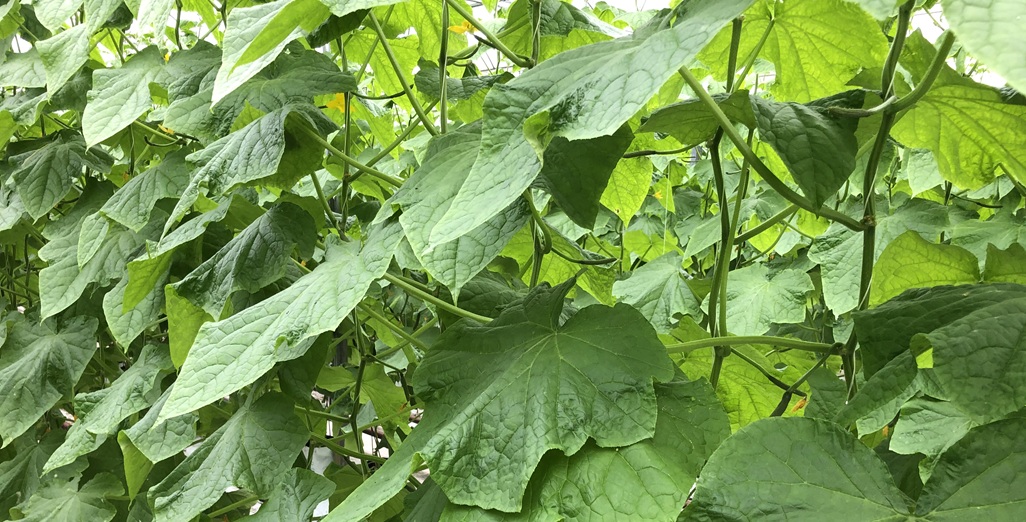
EPA – New reporting and notification requirements are coming in 2026

Skytree, a pioneer in direct air capture (DAC) technology, announces its official market entry into New Zealand.
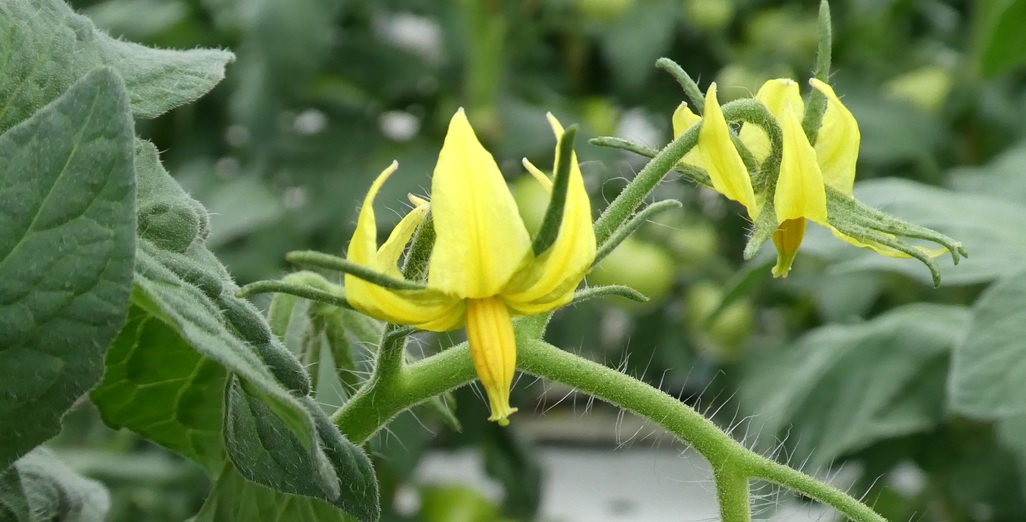
Celebrating 200 Editions of Grower2Grower: A Milestone for Our Growing Community
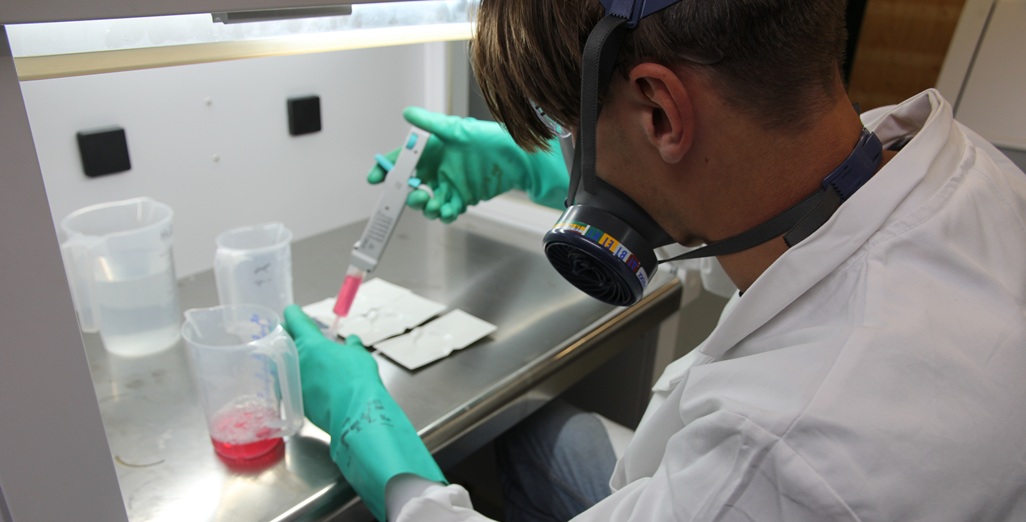
Metazet investigates chemical resistance of cultivation gutters: material choice crucial under stricter cleaning protocols
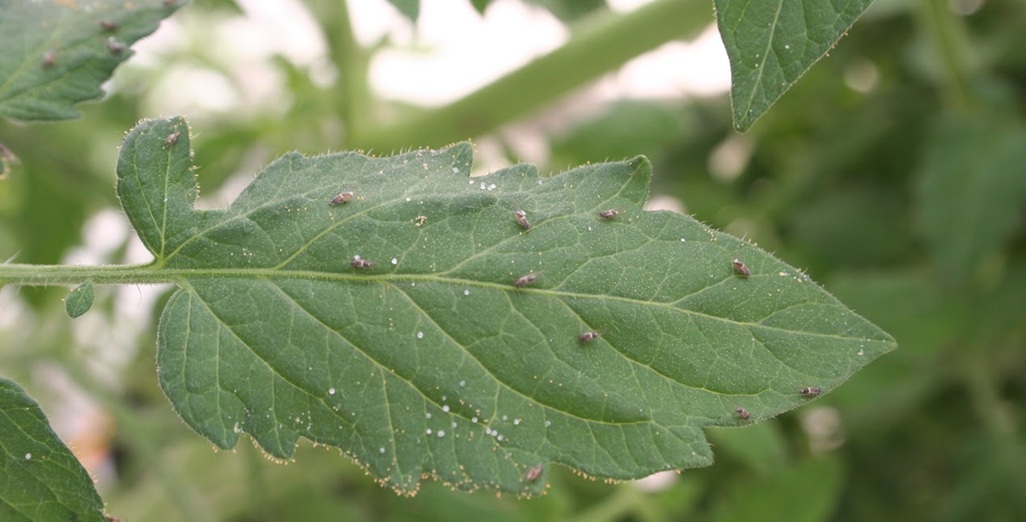
Tomatoes biocontrol focus of new podcast series
